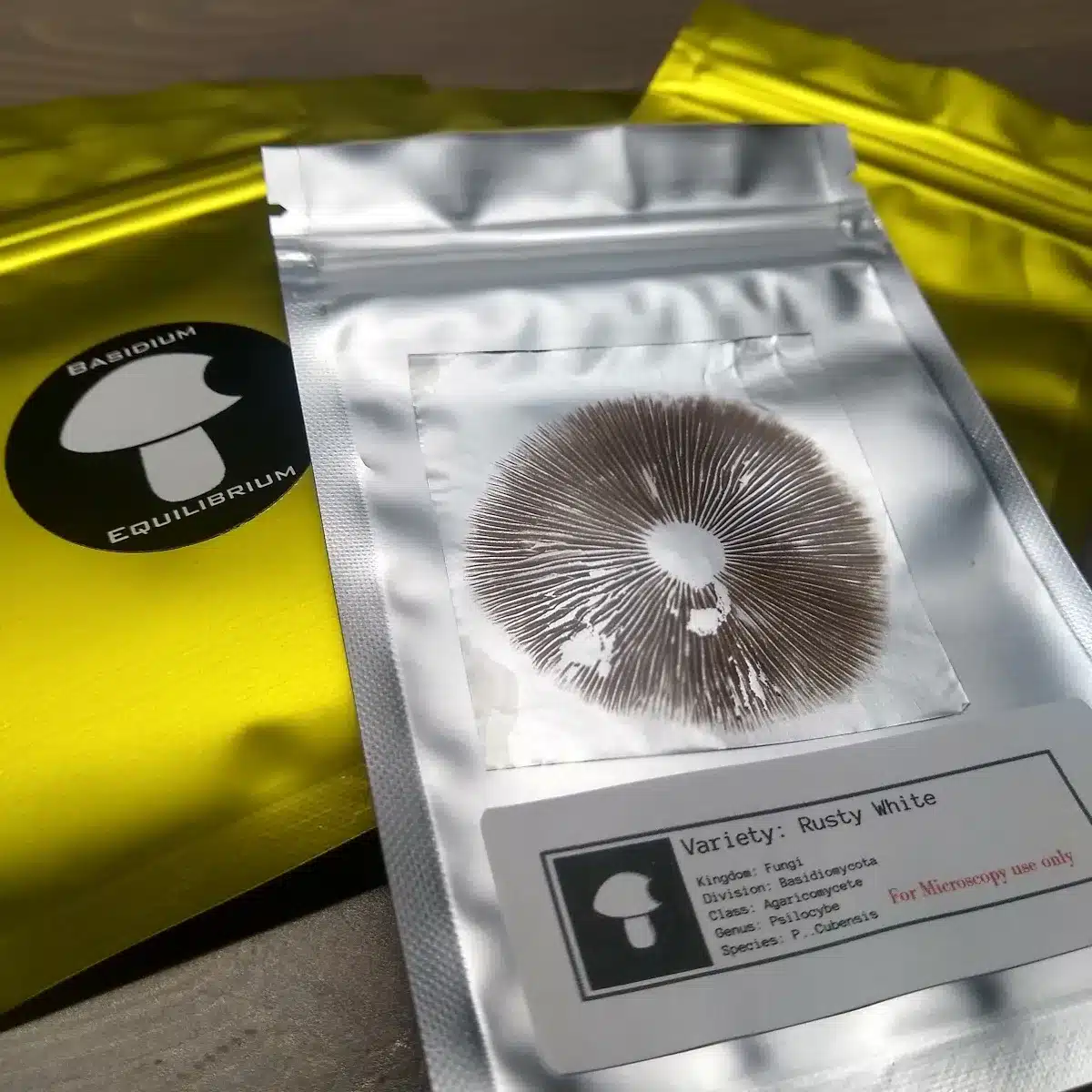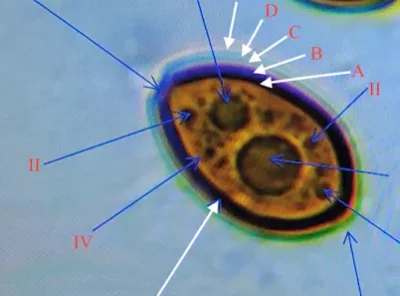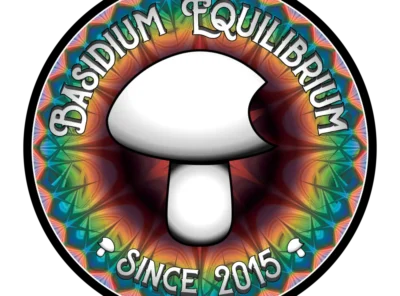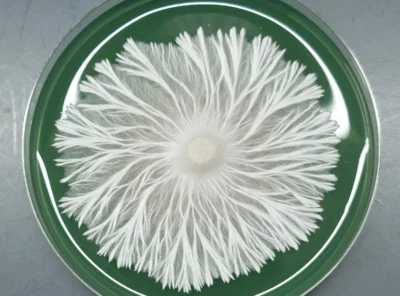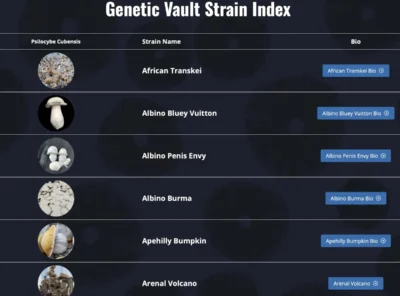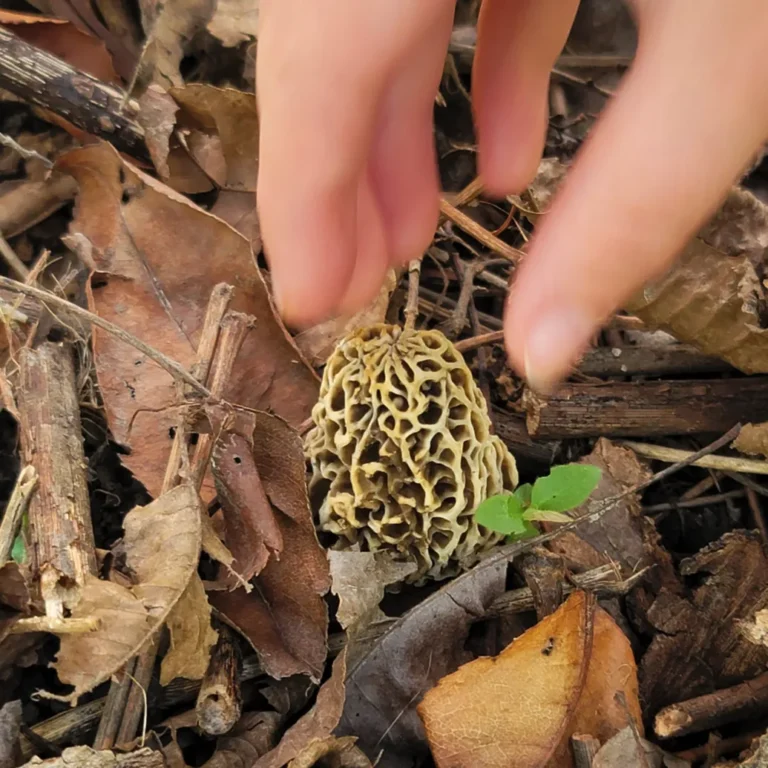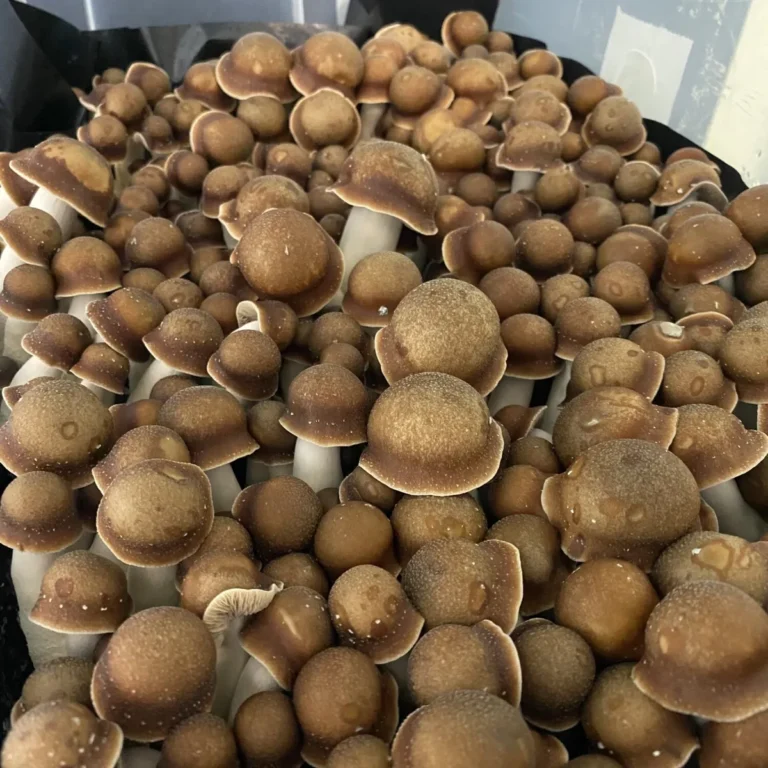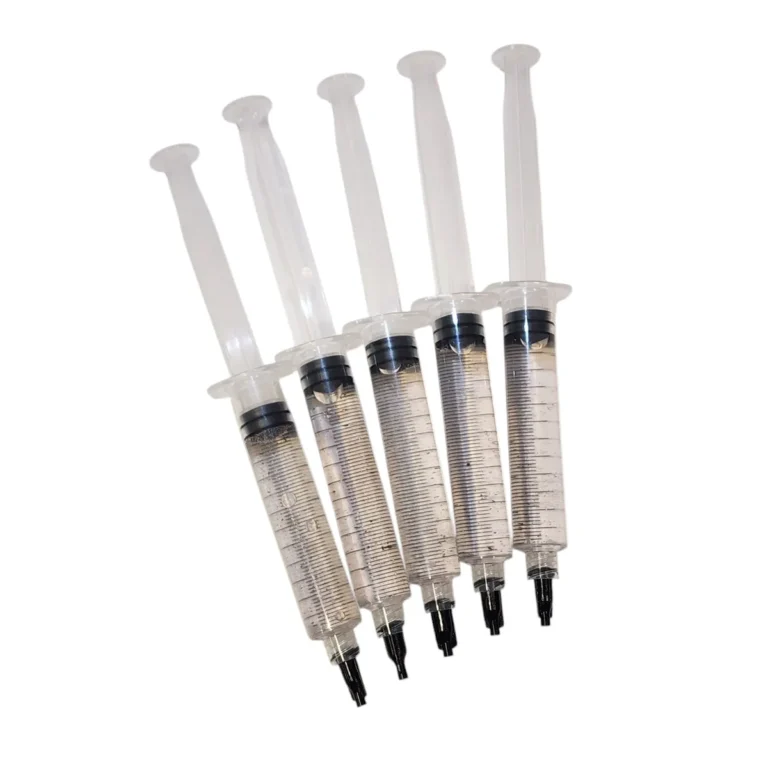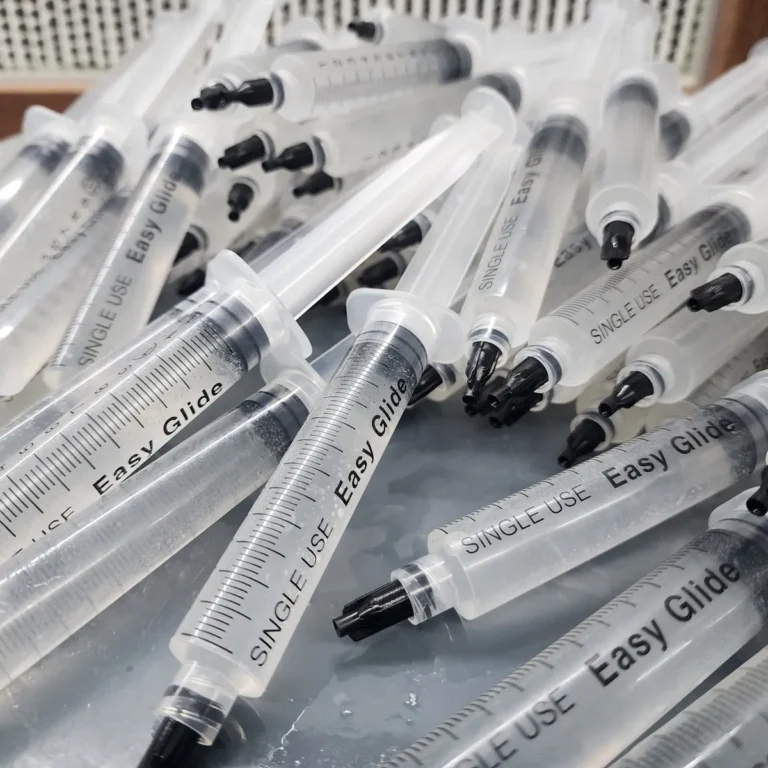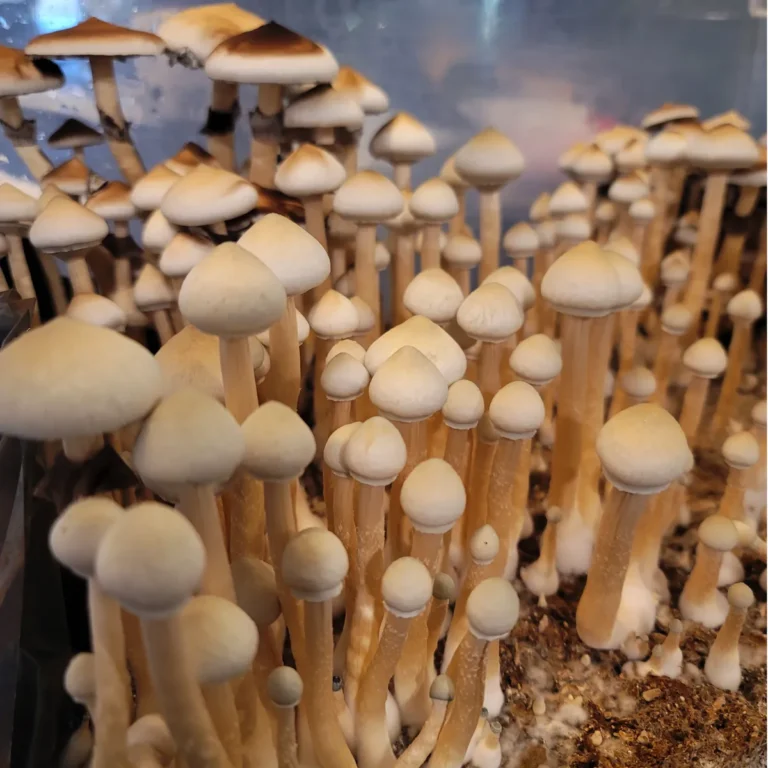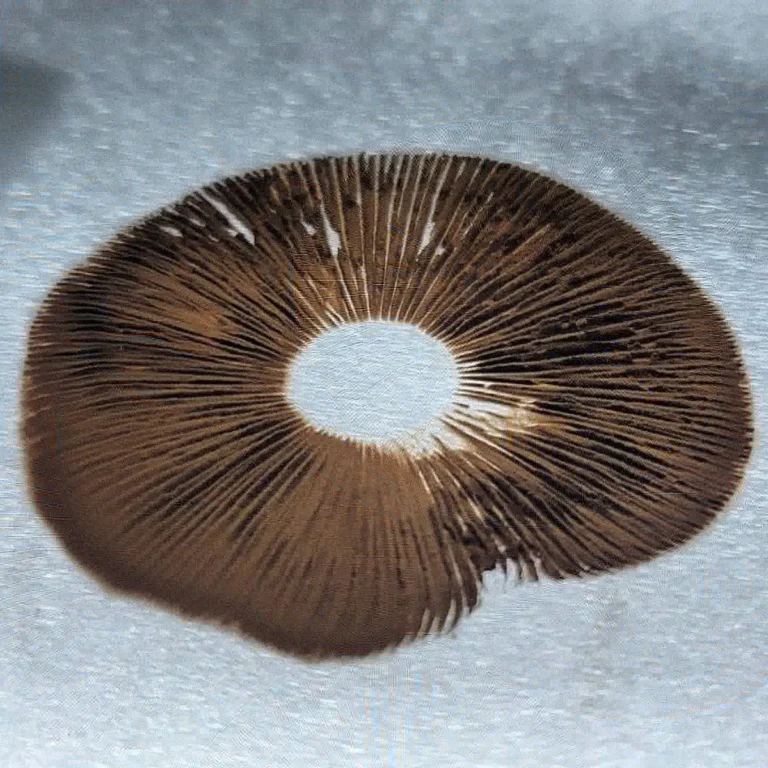How to Store Mushroom Spores During Summer: Heat, Humidity, and Protection Tips
Heat and humidity are more than just uncomfortable; they’re silent killers when it comes to spore preservation. If you’re not sure how to store mushroom spores properly during the warmer months, you might be unknowingly risking the integrity of your entire collection.
Summer brings sharp temperature fluctuations, moisture buildup, and shipping conditions that can wreak havoc on fragile genetic material. That’s because spores, especially those stored in liquid syringes or thin foil prints, can degrade quickly if exposed to the wrong environment for too long. Viability can plummet, structure can break down, and contamination can take root.
But there’s good news. With the right protocols and the right packaging, you can protect your spores through every seasonal shift. And, at Basidium Equilibrium, we don’t just talk about spore quality, we pioneered climate-resilient packaging, shipping all of our spores in protective mylar bags designed to keep humidity and UV damage out. In this guide, we’ll walk you through everything you need to know to safeguard your spores effectively during the extremes of summer.
Why Summer is So Hard on Spores
Spores are remarkably resilient in nature, but in storage, they’re surprisingly delicate. Summer presents a perfect storm of environmental stressors that can quietly compromise your samples if you’re not careful.
- High Temperatures
Prolonged exposure to heat can dry out liquid suspensions and distort the molecular structure of the spores themselves. Syringes may become cloudy, and internal pressure can force small leaks or draw contaminants into the solution.
- Humidity
Moisture is the #1 enemy of dry spore prints and swabs. Even slight exposure to ambient humidity can introduce mold, bacteria, or clumping. In prints, you may notice warping, discoloration, or loss of fine spore detail.
- Temperature Fluctuations
Sudden shifts, like those that happen during shipping from hot trucks to air-conditioned rooms, can cause condensation inside containers or bags. That micro-moisture can promote rapid degradation or bacterial bloom.
- What Spoilage Looks Like
- Cloudy syringes with floating particles or discoloration
- Damp or warped spore prints that feel soft or sticky
- Swabs that appear moldy or smell off
- Outer packaging that feels damp or warped from absorbed moisture
This is why summer is such a critical time for proper spore care, and why many vendors quietly see spike returns and degraded product complaints during hotter months.
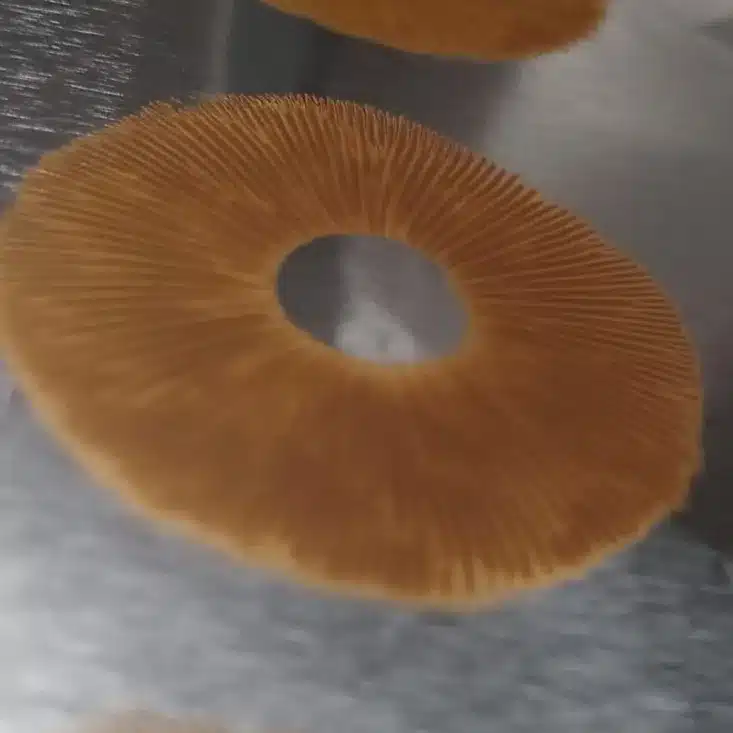
Best Practices for How to Store Mushroom Spores
If you’re wondering how to store mushroom spores in hot weather, the answer starts with simple, intentional steps that can protect your collection year-round. Whether you’re storing for a few weeks or building a long-term archive, the key is consistency, shielding your spores from heat, humidity, and UV exposure.
General Storage Checklist:
- Keep temperatures stable: Ideal range is 60–70°F (15–21°C)
- Avoid direct sunlight: UV light can degrade spore walls and pigments
- Store in cool, dark spaces: Cabinets, drawers, or mini fridges work well
- Control humidity: Use airtight containers with silica gel packets or desiccants
Format-Specific Tips:
- Spore Syringes:
- Store upright in the refrigerator, ideally in their original sterile mylar or tube
- Never freeze, ice crystals can destroy spore structure
- Spore Prints:
- Keep sealed in foil or zip-top bags
- Add desiccant packs and store in a humidity-controlled container or box
- Spore Swabs:
- Leave sealed in their sterile tubes
- Store flat, dry, and cool, avoiding extreme heat shifts
Consistency is key: the fewer temperature or moisture fluctuations your spores experience, the longer their viability, and microscopy quality, will hold. Even if you live in a warm climate or store your collection in a small space, these practices will dramatically reduce the risk of contamination or degradation.
How Our Mylar Packaging Protects Spores
At Basidium Equilibrium, we’ve always believed that genetic integrity begins with smart storage. That’s why we were the first spore vendor to introduce Mylar-based packaging for our entire catalog, a game-changing move that set a new industry standard for durability and transparency.
Unlike paper envelopes or thin poly bags, our custom-designed Mylar pouches provide protection on every front:
- UV-Blocking: Prevents light-based degradation during transport or storage
- Humidity-Sealed: Mylar is moisture-resistant and heat-resistant, protecting spores from seasonal conditions
- Tamper-Evident + Resealable: Maintains sterile integrity while allowing for clean resealing after inspection
- Display-Window Front: Lets you see exactly what you’re getting, without compromising environmental protection
We created this format not only for better storage, but to help customers feel confident in what they’re receiving, even in the heat of July. No mystery bags. No warped prints. Just uncompromised quality, straight from the Vault.
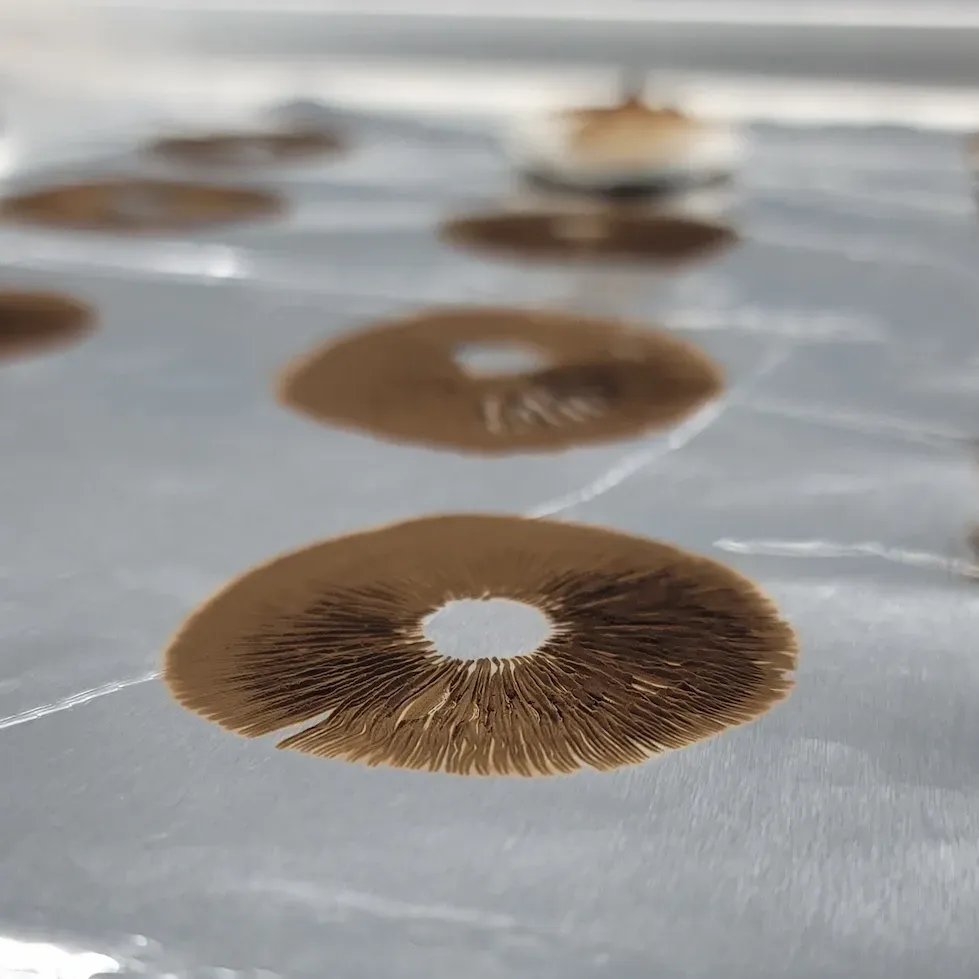
Year-Round Storage Tips + Archive Care
Summer isn’t the only season that challenges spore preservation, it’s just the most obvious. But maintaining long-term viability means thinking like a mycological archivist all year round. Here are our best tips for doing so:
- Inspect Regularly
Set a reminder to inspect your spores every 6–12 months. Look for early signs of degradation like condensation in syringe tubes, discoloration on prints, or subtle clumping on swabs. - Build Redundancy
For larger or more valuable collections, invest in a mini fridge, climate-controlled storage box, or dedicated dry cabinet. These tools add an extra layer of protection against environmental surprises like heating failures or summer storms. - Track What You Store
Keep digital records of your spores:
- Strain name
- Date of arrival or collection
- Storage format and condition
- Notes on microscopy, viability, or observable traits
Whether you’re using a spreadsheet or a platform like Notion or Airtable, this helps you maintain a reliable home spore library and avoid confusion down the line.
Do You Know How to Store Mushroom Spores?
If you’ve ever had a syringe cloud up, a print warp, or a swab fail unexpectedly, you already know: how you store mushroom spores can make or break your entire research or collection effort.
That’s why we’ve taken every step to design spores that last. As the first vendor to introduce Mylar-protected spore packaging, Basidium Equilibrium is proud to offer tools and practices that help collectors preserve genetics, not just purchase them.
Whether you’re fighting back against summer humidity or building a long-term spore library, we’re here to help you protect your specimens with confidence.
Explore our summer-ready spores, lab tools, and preservation materials now at BasidiumEquilibrium.com, and don’t forget to sign up for our newsletter, you’ll get preservation tips, exclusive strain drops, and seasonal shipping updates delivered straight to your inbox.
Because storage isn’t just a side note. It’s how the legacy lives on.

